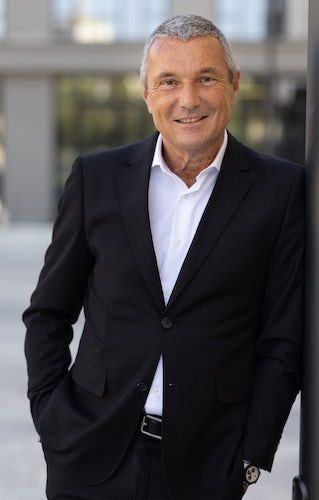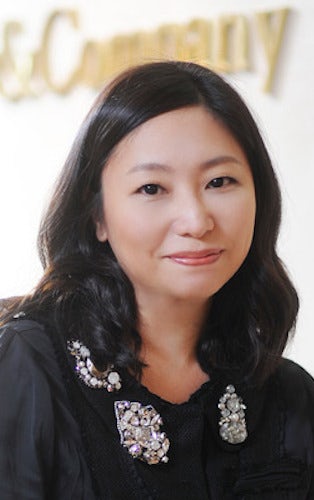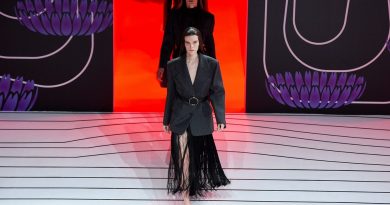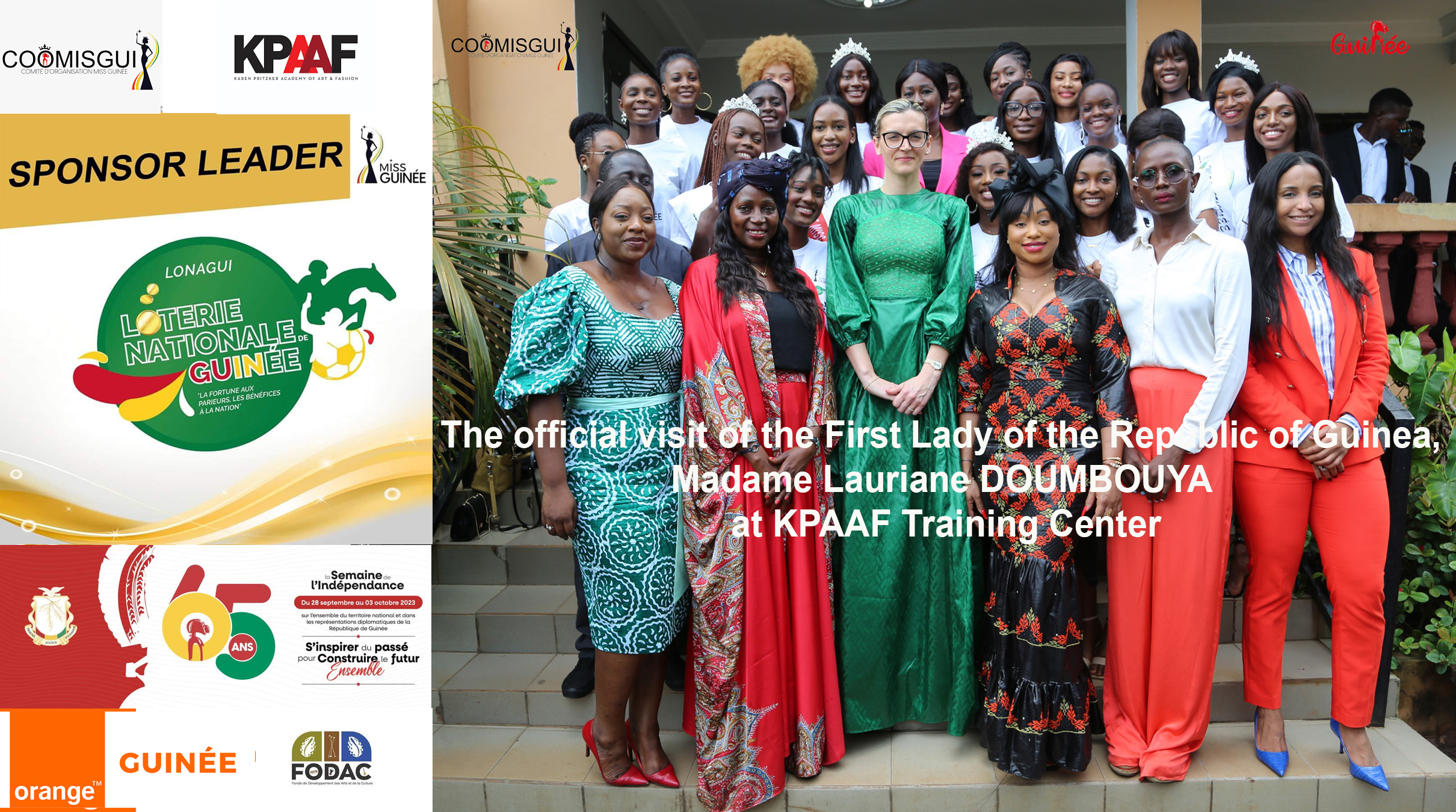Industry Insights on Evolving Luxury Consumer Behaviour | Sponsored Feature
Today, the female consumer for which luxury still designs most of its products is younger, more financially independent and better-informed. Their priorities revolve around authenticity as well as ethical and sustainable production, and they respond better to hyper-localised retail strategies and technologically integrated touchpoints.
BoF and McKinsey & Co.’s State of Fashion: Watches and Jewellery Report 2021 found that the purchases of fine jewellery influenced by sustainability will more than triple in the years ahead, suggesting a changing of the guard of hard luxury consumers and their values-oriented motivations to purchase.
To discuss the evolving mindset of the female-identifying luxury consumer and what drives them to connect with products and brands today, Jean-Christophe Babin, CEO of Bulgari — the 140-year-old LVMH maison renowned for the artisanal craft of its jewellery — and McKinsey senior partner Aimee Kim, the regional leader for apparel, fashion and luxury in Asia, joined BoF’s Robin Mellery-Pratt on BoF Live.

Bulgari CEO, Jean-Christophe Babin by David Atlan. Bulgari.
Here, BoF condenses key insights from the event.
Generational differences are evolving motivations to purchase
Jean-Christophe Babin: [Female purchasing] power is growing exponentially in terms of influence, responsibilities, impact on society, and financially. […] [Female-identifying] clients today are also greater experts in jewellery, [which] becomes a challenge for our staff because it’s not occasional that some clients know a lot about gems or watch movements. […] At Bulgari, 65 percent of our managers are women — it’s not a coincidence.
What used to look very expensive three years ago — like a gold ring — in today’s times […] is something which is logical. When we see the penetration of expensive smartphones above €1000, the most frequent buyers [of] all the latest models are not necessarily wealthy people but are young people. […] Now, a lot of disposable services rather than products […] make our luxury relatively inexpensive by comparison, keeping in mind [our products] will last forever.
Twenty years ago, you were buying a product from a brand which was reputable for its excellence, its social status, […] the quality. Today, those dimensions remain, but it’s equally important to not only be good at, but to be generous in CSR. And sustainability is just a part of corporate social responsibility. […] Now, a client or company which is not paying attention to sustainability is virtually out of the game.
Aimee Kim: On average, we’re seeing a younger luxury consumer [who is] financially independent, is confident in technology, confident that [she] can find information and process information and make the decision on [her] own. [There is a] willingness to pay a premium […] and consumers proactively looking for information on sustainability before making a purchase keeps on increasing.
This is a generation that has a lot of wealth. In countries like China, adults in their early 30s still receive pocket money from their grandparents, on both sides, and their parents, and they have a salary of their own. So, the way they think about disposable income and the lack of need to save for the future is completely different from the baby boomer generation, and it creates much more appetite for self-indulgence.
The [female] consumer is no longer the recipient of that jewellery box from her significant other or family — she’s the one driving the purchase.
Self-gifting is a strong trend we see in females, but also in male consumers. The woman consumer is no longer the recipient of that jewellery box from her significant other or family — she’s the one driving the purchase. Even in cases [like] an engagement ring […] it would take a very brave person to try to not involve his or her significant other in that process.
Brand equity and authenticity supersedes price and product dilution
JCB: We never felt the need to develop accessible products after the global financial crisis in 2008, [which] was the big aim of the game. […] What is happening right now is exactly what happened after the 2008 crisis. Clients favour [a higher quality than quantity], and if they want better, eventually they will go first to those brands with a [good] reputation and [then because of] ethics and sustainability, […] and for being authentic, for being timeless. The quality is the best you can imagine.
I think there is a big future [in lab-grown gems], but not necessarily for the top jewellers. [It is] more to help some accessible brands to probably upsell. This won’t take anything [away] from the real diamond market, the same way that connected, digital watches will not kill the Swiss watch industry.
We witnessed a burst of lab-grown diamonds — a product Mother Earth takes millions of years to create, [which] a lab could do in about 10 days, at a lower cost. Immediately, [we] jumped on it to understand what the relevance was of those diamonds, especially to our younger generations. Older Gen-Z and younger millennials were massively keen on continuing to buy genuine diamonds […] rather than lab-grown, because this is authenticity. Combine it with proper ethics — clean diamonds extracted in non-war regions; in good conditions for the people in the mines — mattered far more than the lab diamond.

McKinsey & Co. senior partner, Aimee Kim. McKinsey.
AK: What would not be wise in the long term would be if a brand was to get a bit too over-eager and tried to use this [time] as an opportunity to recruit new customers into their Rolodex by coming up with cheaper, entry-priced products. That could work [for] a year or two, but frankly, it dilutes the brand and that just goes against scarcity and all the things that luxury stands for.
There are still markets where there’s a huge [population] of relatively new customers coming into luxury, even during the pandemic, and these people are excited about their first purchase and they want that iconic item. […] You have to hold the line and keep with the brand equity of your maison, [otherwise] I think that just defeats the whole philosophy of luxury. I think the innovation has been on the high-end, through exclusivity or limited editions and really creating that special experience.
Repatriation of touristic spend created significant clienteling opportunity
JCB: The wave of local demand in China or in Brazil will remain much higher than it would have been otherwise. In one year, we achieved what would have been achieved in 10 years [due to the pandemic] — all markets eventually become mostly local. […] Covid-19 has accelerated the trend, and this will never go back.
Brazilians, for example, are used to buying luxury [outside of their] country, but Covid-19 has generated strong growth locally, especially for us in Sao Paulo. [We are] connecting much better with local clients, to know much more of them. Travel retail is often operated by external companies, [and they] have no knowledge of the clients buying [the products]. We know those clients, we chat with them, we understand [them].
Last week, we also launched a precious jewellery collection in Dubai, which was developed with Her Highness Sheikha Fatima bint Hazza bin Zayed Al Nahyan [of Abu Dhabi]. […] After one week, the sell through on that collection was the fastest ever of any jewellery launch in the last 10 years, led by local Arabic [consumers], because it has been designed by one of their most reputable personalities, and by many European tourists. It’s selling through easily because people feel it’s beautiful [but] there is an authentic story behind it.
AK: When we look back at the pandemic, we do see compression compared to yester years. […] In Northeast Asia, people were not able to go on their annual shopping spree to Paris, to New York, to Milan. This freed up pocket money and allowed them to go on a shopping spree at home.
The consumer has gotten used to shopping locally. It’s convenient and […] once travel returns, there will be some leakage of some shopping abroad, but brands [should not] create an artificial arbitrage between Milan versus Shanghai versus Sao Paulo, and keep pricing within reasonable grounds.
Each consumer is an individual. So, think about it as a relationship and not a textbook recipe for luxury consumers. There are some common characteristics, for sure, but the brands that can break through and [are] hyper-localised know the customer and make the outreach as personalised as possible. So that really feels like a relationship and I think that still remains at the winning formula.
Covid-19 has generated strong growth locally. […] [We are] connecting much better with local clients, to know much more of them.
The story-telling element is really important — I think that’s really what consumers gravitate towards. Even if you can’t afford that collection […] you know the next generation of Bulgari consumers are looking at it. It creates desire. They feed on that story and I think that just feeds into the loyalty more. They may have to purchase something a bit cheaper, but this becomes their goal.
New purchasing journeys and the dawn of NFTs
AK: The female shopper is multi-channel — she’s tech savvy, she doesn’t want to confine herself to one medium. Even in luxury, video streaming is becoming much more relevant than we initially thought it would. […] Increasingly, people are getting comfortable [with] acquiring information in various forms.
As brands rediscover their local clientele and [are] forced to not rely on the tourists coming in shopping, I think [they] have now rediscovered […] how to do real clienteling through a mobile app, a messenger app, through text messages or even just calling. That, I think, will continue to be a very intimate, highly personalised way of communicating with the female luxury consumer.
JCB: For our customers, purchasing journeys often start on the website […] before they go to the store. But it is often important to see exactly what the piece looks like on your wrist, if a digital try-on doesn’t convince you. So, you still might order it online but decide to pick it up in the store because you want a last check, so it’s integrated.
We have less [female-identifying consumers] in present day buying online as we have [male-identifying consumers] buying online. [The former] do prefer and still like the shopping experience and environment, because [there is] more emotional [connection] than the man, who [is] a bit more practical [and] convenience-driven.
Gaming is a daily habit which is universal and […] even the older generations are amused and excited by avatars. NFTs are a necessary complement to make the avatar look gorgeous, glamorous, or whatever. So, indeed, I think the luxury industry will develop NFTs. Obviously, the price will be lower than [tier zero] products. However, it will be additional business. It will be extra visibility. It will create more familiarity. It will also add the frequency of touchpoints.
This is a sponsored feature paid for by Bulgari as part of a BoF partnership. This interview has been edited and condensed for clarity.


